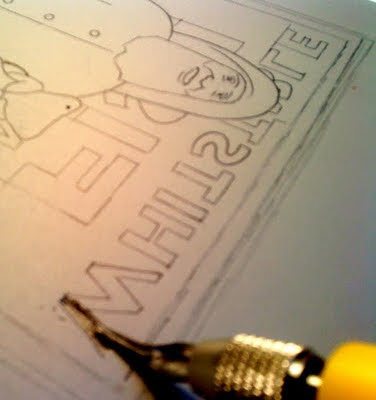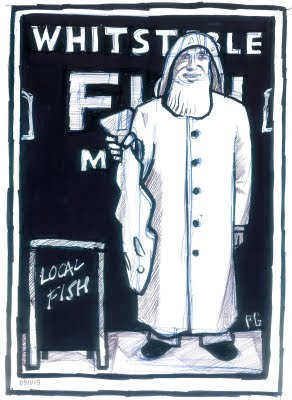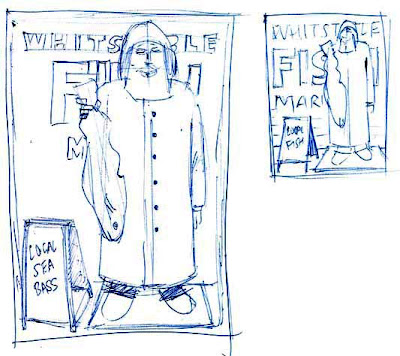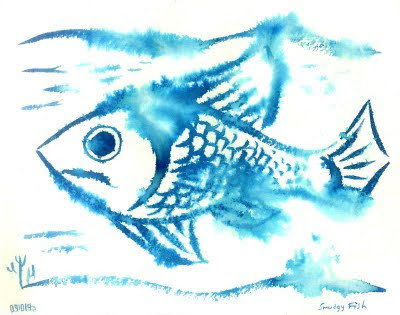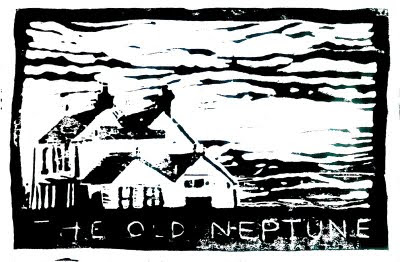
My lovely girlfriend Fiona has been putting together a ‘mosaic family portrait’ (samples of which I must find later) which is basically as you might guess a photographic print for one family made up of umpteen small photos of an identical size to make the whole. For her first one, she needed the year’s date, so I was tasked with coming up with something in a square format. Looking for something bold, I chose a linocut. It’s been a few years since I did one at college and I think even this modest sample has renewed my interest in the medium. Inspired by a few Etsy and Flickr artists, I popped into London’s well-known art suppliers in my lunch hour,
Cowling & Wilcox and the ancient
Cornelissen & Son, the latter feels like one of those Harry Potter wand shops, oak panels, hundreds of drawers full of arty treasures and creaking floorboards! So, equipping myself with two rubber rollers; oil and water-based inks; lino cutters and lino pieces, I was set all set. Oh, and a new word in my lexicon, a
baren, which I was unfamiliar with. It’s used for pressing the paper onto the lino from the reverse. I have a modern rubber and felt one, but Cornelissen & Sons (naturally) also sold traditional bamboo ones. Apparently, there is only one solitary craftsman in China left who still makes them. (Or perhaps it’s an urban myth). I should really have bought one to help keep him in business, but a) I was advised honestly that my modern baren was superior and b) I had already spent too much and the Chinese ones were suddenly outside my budget. When it comes to art materials, I find they are on a par with fishing tackle shops and I find it hard to ignore a nice shiny gadget!

I won’t go into the detail of how I did it until next time, when I will also do a more adventurous and illustrative linocut, but suffice to say I was completely hooked and can’t wait to get started on another next week. Watch this space!





